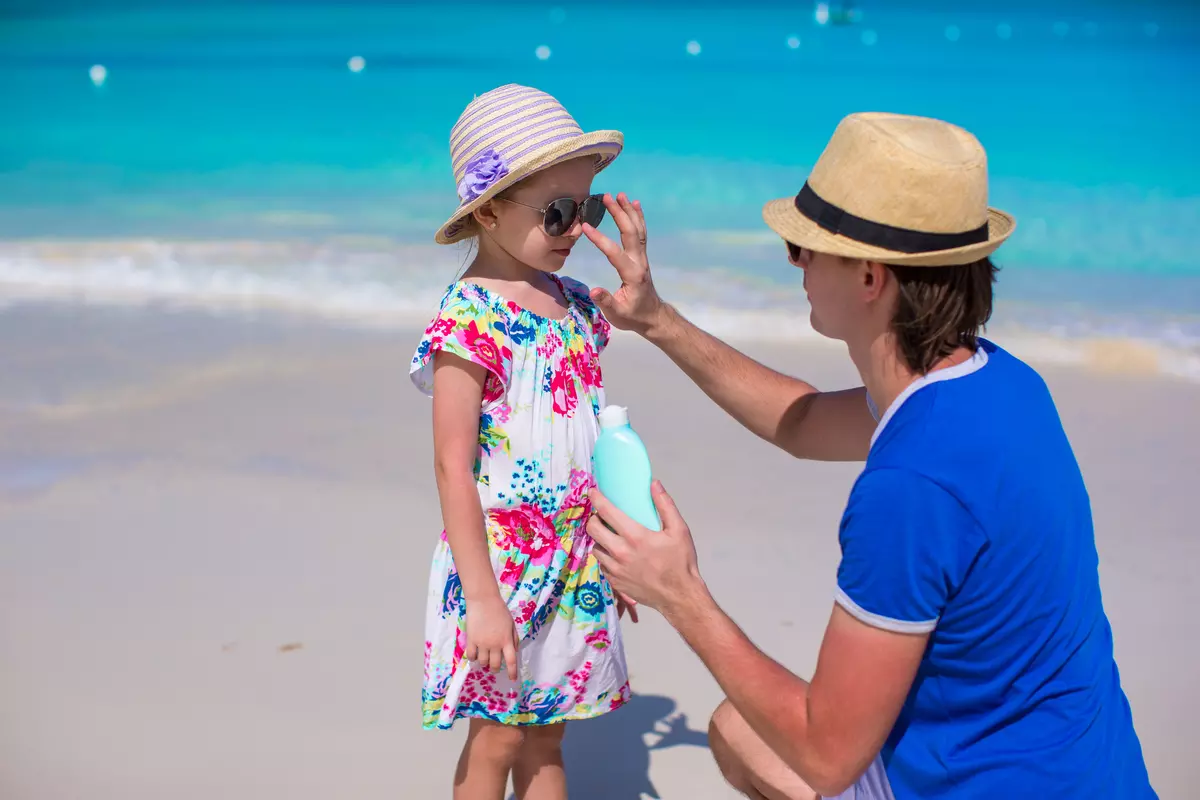Your skin is exposed to different environmental factors throughout the year, from harsh summer UV rays to winter dryness. Adapting your skin care routine for each season is essential for maintaining healthy skin and reducing your risk of skin cancer. Here’s some skincare tips to keep your skin protected all year round.
Seasonal Skincare Routine: Adjusting to Every Season
Your skin’s needs change throughout the year, making it essential to adjust your skincare routine every season. During the warmer months, increased sun exposure and heat can lead to increased sweating, which can provide your skin with natural oils that aid in hydration of your skin. Lightweight, water-based moisturisers will prevent your skin feeling sticky or oily, and regular sunscreen application help keep skin protected. In colder months, lower humidity and indoor heating can cause dry skin, so switching to a richer, cream-based moisturiser and gentle cleansers can prevent irritation. By changing your routine to suit the season, you can maintain healthy, resilient skin all year round while reducing the risk of sun damage and skin cancer.
Summer Skincare: High UV Risk – Protect Your Skin
Summer in Australia means extreme UV exposure, significantly increasing the risk of sunburn, premature aging, and skin cancers like melanoma.

Key Summer Skin Cancer Prevention Tips:
Apply SPF 50+ Sunscreen Daily: Use a broad-spectrum sunscreen on all exposed areas and reapply every two hours.
Wear Sun-Protective Clothing: Long-sleeved shirts, wide-brimmed hats, and UV-blocking sunglasses offer added protection.
Seek Shade: Avoid direct sun exposure, especially between 10 AM and 4 PM when UV rays are strongest.
Check Your Skin Regularly: Monitor for new moles, freckles, or changes in existing spots.
👉 Skin Cancer Warning Signs in Summer: Look for irregularly shaped moles, changes in colour, itching, or bleeding. If you notice anything unusual, book a skin check immediately.
Autumn: Repair Sun Damage & Prepare for Cooler Months
After months of sun exposure, autumn is the time to focus on repairing your skin and reinforcing good habits.
Key Autumn Skin Cancer Prevention Tips:
Use Antioxidants & Vitamin C: These helps repair sun-induced DNA damage.
Gently Exfoliate Sun-Damaged Skin: This can remove dry, sun-exposed layers and promote cell renewal.
Hydrate & Moisturise: Support your skin’s barrier function to prevent dryness and soothe your skin.
Book a Professional Skin Check: If you've spent time outdoors over summer, now is the perfect time to have a professional assess your skin.
Winter Skincare: UV Rays Are Still Present – Stay Protected

Even in winter, UV radiation remains a risk, especially on cloudy days or when reflected off surfaces like snow or water.
Key Winter Skin Cancer Prevention Tips:
Continue Wearing Sunscreen: UV rays penetrate clouds and glass, meaning you can still get sun damage, especially in tropical or semi-tropical environments.
Check Indoor & Outdoor UV Exposure: If you spend time near windows or drive frequently, consider UV-protective window films. This is good preparation for the summer months when UV levels are much higher.
Keep Your Skin Hydrated: Dry, cracked skin can be more vulnerable to damage. Use a cream-based moisturiser and avoid harsh soaps.
Monitor Moles & Skin Changes: Cold weather doesn’t stop melanoma from developing. Continue checking your skin for new or changing lesions.
Consider Vitamin D supplementation in the winter. If you happen to live in cooler climates, Vitamin D supplementation is recommended for winter months, when minimal skin is exposed to the sun and UV levels are lower. Vitamin D deficiency can lead to lowered immunity, and damage the strength of bones, leaving us at risk of worse infections and osteoporosis.
Spring: Renew & Prepare for Higher UV Levels
As temperatures rise, UV levels increase again, making it essential to re-establish sun protection habits.
Key Spring Skin Cancer Prevention Tips:
Refresh Your Sunscreen Routine: If you’ve been using less sunscreen in winter, start applying it daily again. Spring can be the time when accidental sunburn happens most frequently, as the weather is cooler but UV levels are rising, often catching us unaware of the risk of sunburn. Mornings can be cool and cloudy, only to become warm and sunny as the day progresses, and without adequate protection, sunburn and sun damage becomes inevitable.
Examine Your Skin for Changes: Spring is a great time to book a professional skin check before summer arrives.
Lighten Up Your Skincare: Swap heavier winter creams for lighter, hydrating options while maintaining sun protection.
Early Detection Matters: Melanoma can develop at any time of year. If you notice any new spots, changes in existing moles, or unusual skin lesions, book a consultation with a skin cancer specialist.
Adjust Your Skincare Routine for Year-Round Skin Cancer Prevention Strategies
Regardless of the season, maintaining sun-safe habits and monitoring your skin for changes is crucial.
Book Regular Skin Checks: Early detection is key to treating skin cancer successfully.
Know Your Skin Type & Risk Level: Fair skin, a history of sunburn, or a family history of melanoma increases your risk.
Stay Sun-Smart Every Day: Even on cloudy days, UV rays can penetrate and damage your skin. It is often cloudy days when adults who normally wear sunscreen in the summer, will be caught out and get sunburned.
Educate Your Family: Protecting children from sunburn reduces their risk of developing melanoma later in life.
Stay proactive with your skin health! If you notice any suspicious changes or need a professional skin assessment, book an appointment with our expert team today.


 Prevention Tips
Prevention Tips Early Detection
Early Detection Understanding Skin Cancer
Understanding Skin Cancer Success Stories
Success Stories Lifestyle and Skin Health
Lifestyle and Skin Health Advances in Treatment
Advances in Treatment Community & Events
Community & Events For Families
For Families What's Happening at Melanoma Scan?
What's Happening at Melanoma Scan?